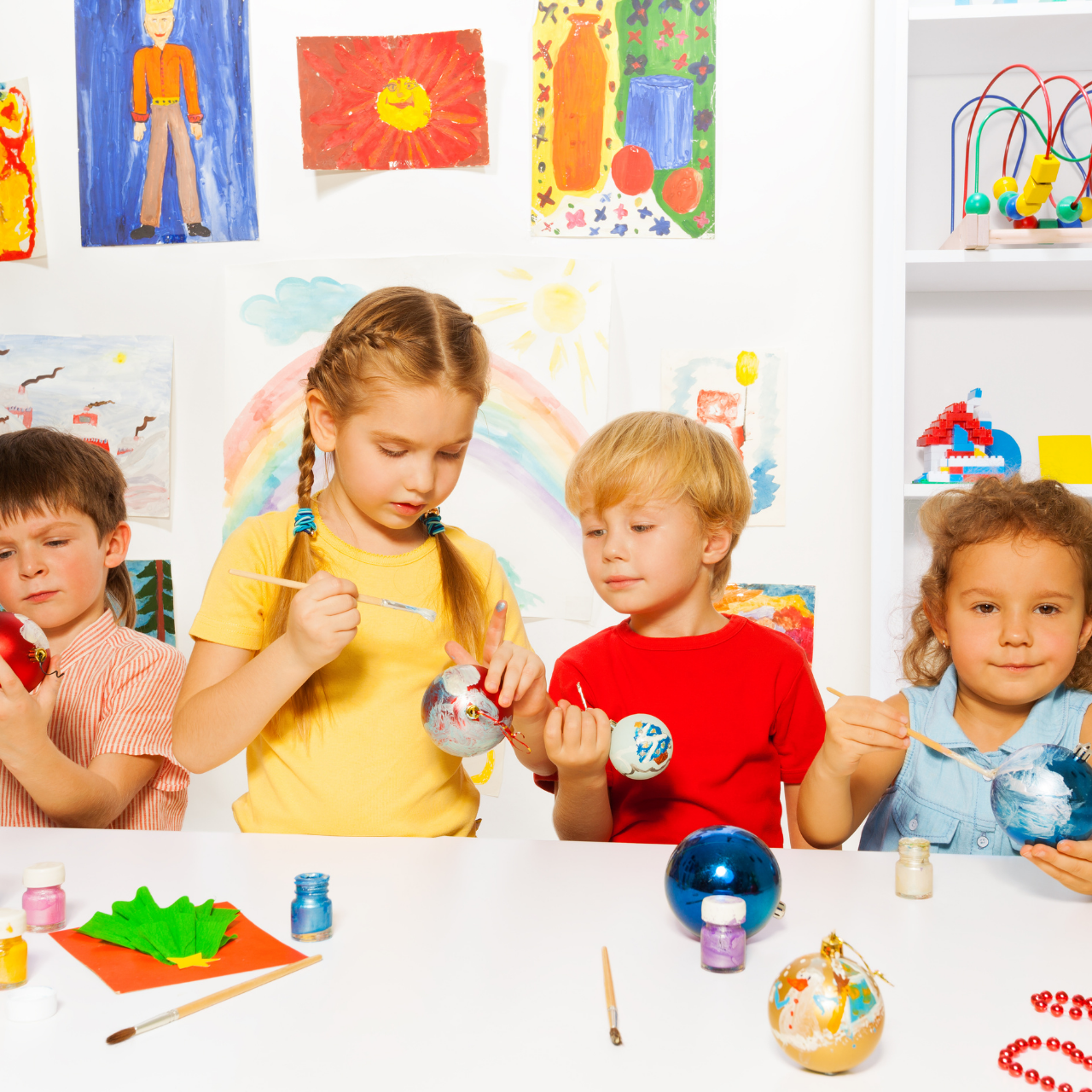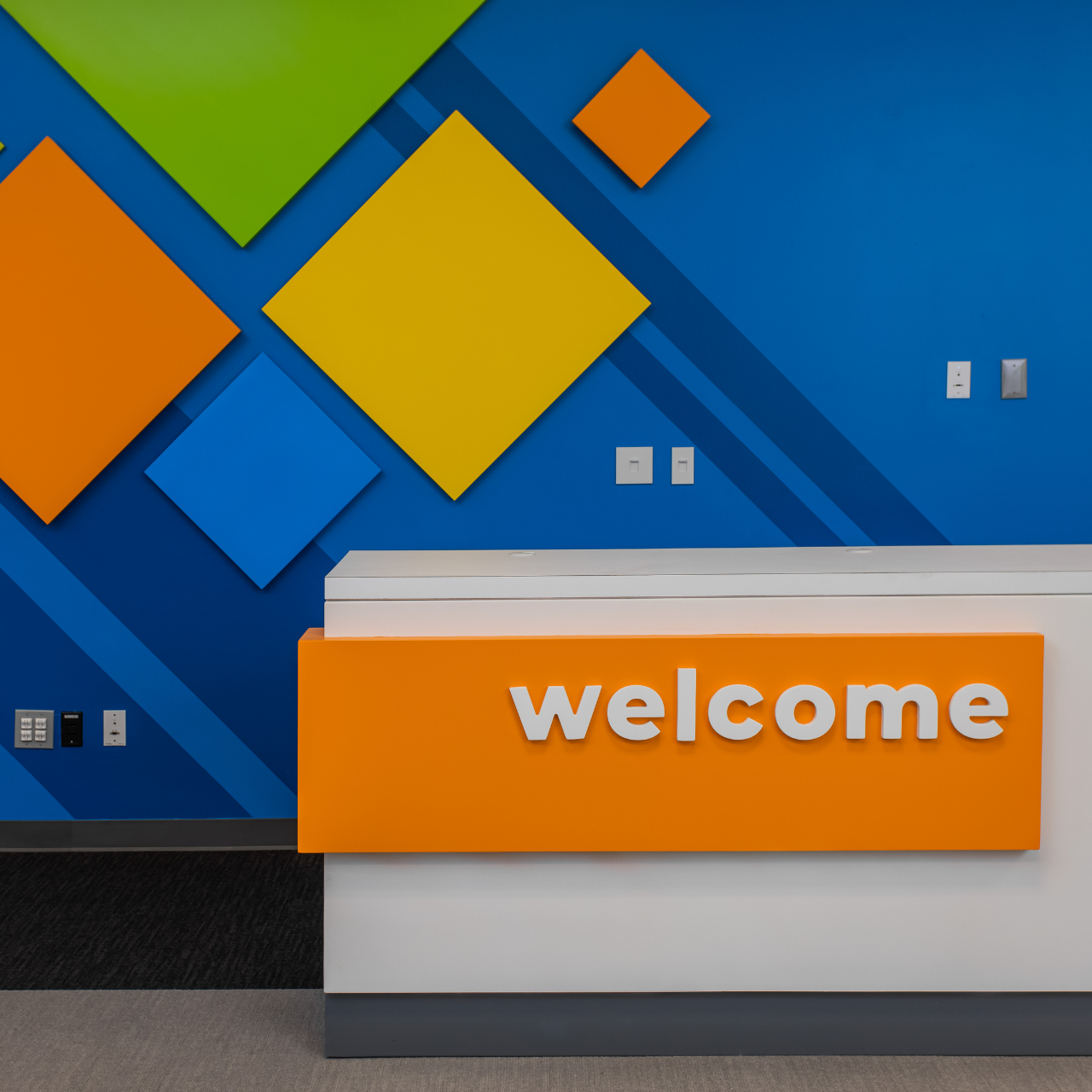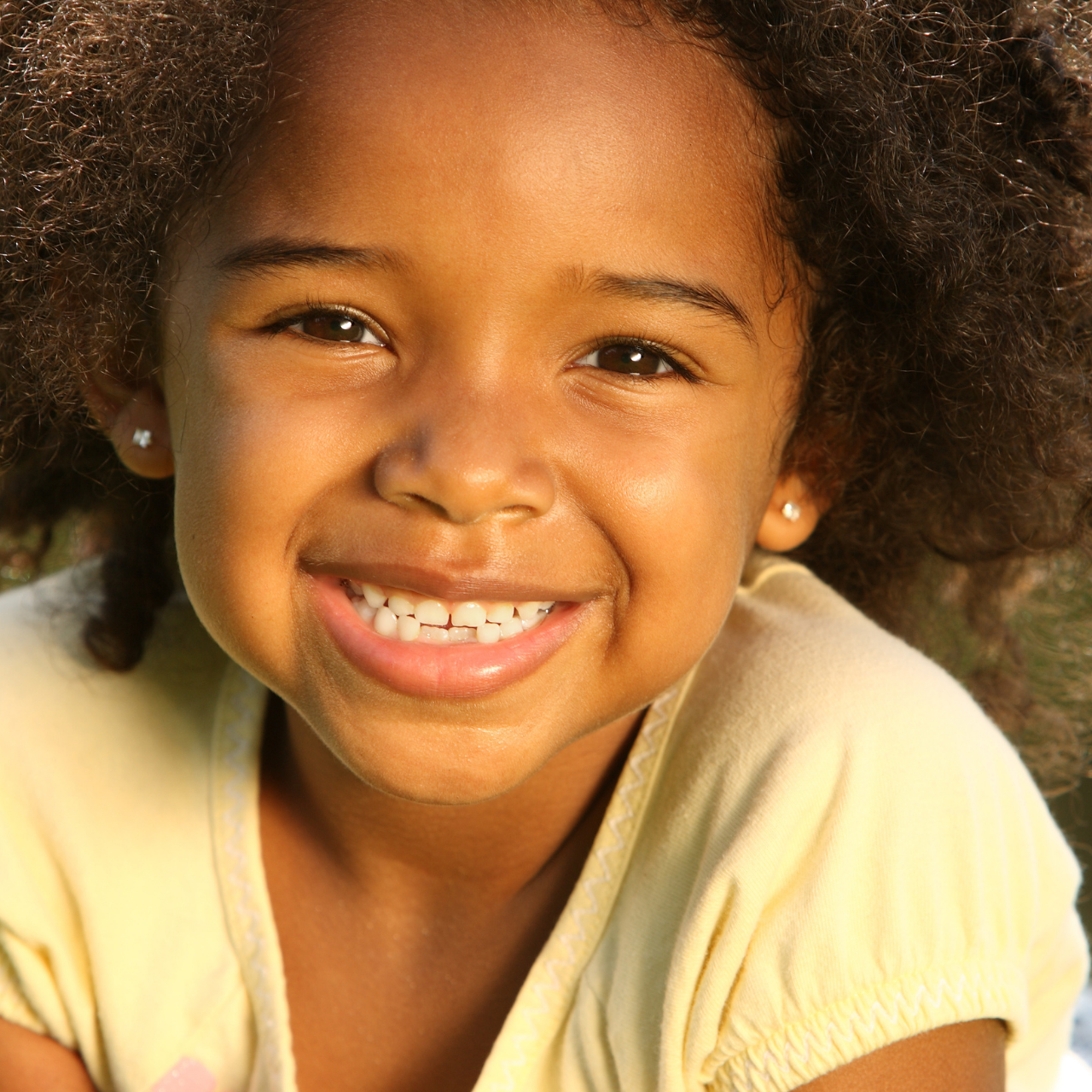According to dictionary.com, color is “the quality of an object or substance with respect to light reflected by the object, usually determined visually by measurement of hue, saturation, and brightness of the reflected light.” So, what exactly does that mean for people? Basically, when the eyes capture reflected light, it sends the information to the brain’s visual cortex. The eye and brain work together to translate light into colors that help us identify objects. New research found that some of the information received from the reflected light bypasses the visual cortex and goes directly to the hypothalamus. The hypothalamus is responsible for regulating emotional responses, which explains why color can affect mood and energy.
Color in children’s spaces
Color is a fundamental building block of interior design and should be considered carefully. Learning how children respond to color by using color psychology will help you pick the best colors every time. Basic knowledge of color psychology helps with the understanding of how color can affect moods, productivity, and even learning. Here is a quick guide on choosing colors that can impact a child’s space.
Red
Anger, love, passion, and power are typically related to the color red. When using the color red in a children’s space, it is best to use it with other colors, so a child isn’t overstimulated. When the right combination of different colors and red is achieved, it can help children with detail-oriented or repetitive tasks.
Pink
Most people associate pink as girly or feminine. Pink is a calming color associated with kindness and nurturing. Some studies suggest that the feelings associated with pink occur only during the initial exposure.
Yellow
Yellow represents happiness, energy, warmth, and attention. Soft yellows increase concentration, while more intense shades help with memory and boost metabolism. But be careful with how much yellow is used in space. Too much yellow can be overwhelming and even stressful for children.
Orange
Similar to the other warm colors, orange creates feelings of energy, enthusiasm, happiness, and attention. In children, orange enhances critical thinking and boosts memory. However, some children are overwhelmed and feel it’s too bright.
Blue
Productivity, calmness, sadness, and stability are a few feelings brought on by blue. Blue is one of the most popular colors, especially with little boys. It is a calming color, which makes it a great choice to use in rooms to help ease anxiety. Using too much blue can depress or invoke feelings of sorrow.
Green
Green is the most relaxing color for the eyes. It is the color of nature, luck, safety, and envy. Using green in interior design is a great choice for all ages. Green has a soothing effect that can increase concentration and reduce anxiety.
Purple
Purple is the color of imagination. It is rarely seen in nature, so some feel it’s mysterious. It can also represent wealth and royalty. Purple is an appropriate color for preschool rooms to enhance creativity and calmness.
Color psychology is only part of choosing the right color for a children’s environment. Understanding color schemes and temperatures is equally vital. It is important to remember that color can have different meanings and associations in different cultures. Selecting colors that are aesthetically pleasing for children and that influence their cognitive, physical, and emotional wellbeing is less challenging with some research or by getting help from an interior designer.
Our Worlds of Wow team of artists, problem solvers, and makers is here to answer your questions. We help our clients better understand their vision, help clarify its purpose, and bring it to life using play, 3D décor, interactive elements, technology, murals and color!
Email: hello@worldsofwow.com
Call: 817-380-4215
.png?width=160&height=96&name=logo%20(1).png)


